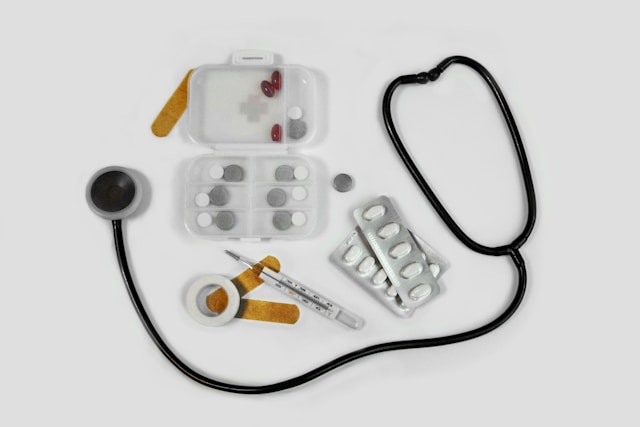In emergencies, possessing the knowledge and skills to administer first aid and perform CPR can be the decisive factor between life and death. Whether you’re a concerned parent, a dedicated healthcare professional, or simply a responsible citizen, embarking on a journey to learn first aid and CPR training is a crucial step in becoming a capable lifesaver. This article will explore the transformative journey from novice to lifesaver, highlighting the key aspects and benefits of first aid and CPR training.
The Basics: First Aid Training
The journey starts with first aid training, where individuals acquire essential knowledge about offering initial care to someone injured or unwell. This training encompasses various topics such as wound management, stabilising fractures, addressing burns, handling choking incidents, and identifying signs and symptoms of different medical conditions. Participants develop confidence in assessing and responding to everyday emergencies.
Hands-On Learning: CPR Training
Cardiopulmonary resuscitation (CPR) is a crucial skill for reviving someone whose heart has ceased. Training in CPR instructs individuals on chest compressions and rescue breaths to sustain blood circulation and oxygen flow to the brain until professional assistance arrives. Practical experience with CPR mannequins is essential, enabling individuals to build muscle memory and acquire the skills needed for effective CPR.
Tailored Training for Different Audiences
Pediatric First Aid and CPR: Parents and childcare providers can enrol in specialised courses that focus on providing first aid and CPR for infants and children, addressing unique challenges and considerations.
Workplace First Aid: Employees and employers can benefit from workplace-specific first aid and CPR training, ensuring that they are prepared to respond to injuries and medical emergencies that may occur on the job.
Healthcare Provider CPR: Healthcare professionals, such as doctors, nurses, and paramedics, undergo advanced CPR training to uphold their certification and stay abreast of the latest techniques and guidelines.
Interactive and Engaging Learning
One of the strengths of first aid and CPR training is its interactive and engaging nature. Instructors often use real-life scenarios and simulations to immerse participants in the learning process. This hands-on approach helps individuals develop confidence and the ability to respond effectively when faced with a real emergency.
Certification and Recertification
Upon completing first aid and CPR training, participants receive certification, which serves as evidence of their competence. However, it’s important to note that certifications typically have an expiration date, usually every two years. To ensure that skills remain sharp and up-to-date, individuals must undergo recertification, which involves a review of key concepts and a skills assessment.
Confidence in Crisis
One of the most valuable outcomes of first aid and CPR training is the boost in confidence it provides. Knowing that you have the skills and knowledge to assist in an emergency can significantly reduce anxiety and hesitation when faced with a crisis. Confidence is a critical factor in making quick and effective decisions that can save lives.
Empowering Communities
Beyond individual benefits, first aid and CPR training have a profound impact on communities. Trained individuals can respond to emergencies not only within their families but also in public spaces, workplaces, and social gatherings. This creates a securer atmosphere for everyone and contributes to a culture of preparedness and responsibility.
A Lifelong Journey
The journey to learn first aid and CPR training is not a one-time event; it is a lifelong commitment to being a responsible and capable responder in times of need. It’s a journey that empowers individuals to make a difference and save lives, turning novices into true lifesavers.
Conclusion
The path from novice to lifesaver through first aid and CPR training is a transformative journey that equips people with the proficiency and skills to respond effectively in emergencies. Ultimately, embracing first aid and CPR training is not only a personal choice but also a commitment to the well-being and safety of communities as a whole. It’s a journey that empowers individuals to make a positive impact and potentially save lives when it matters most.



